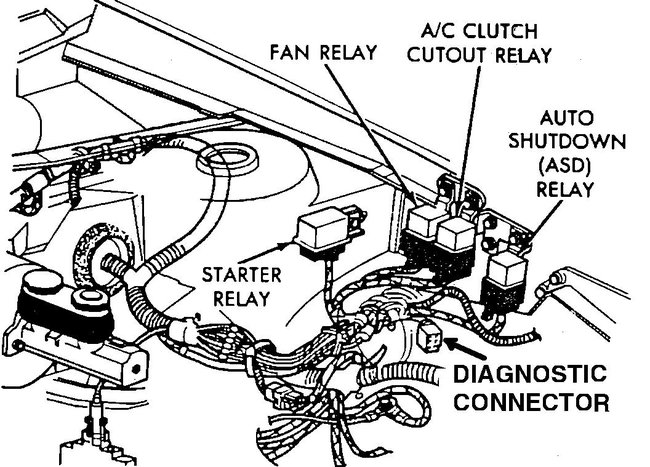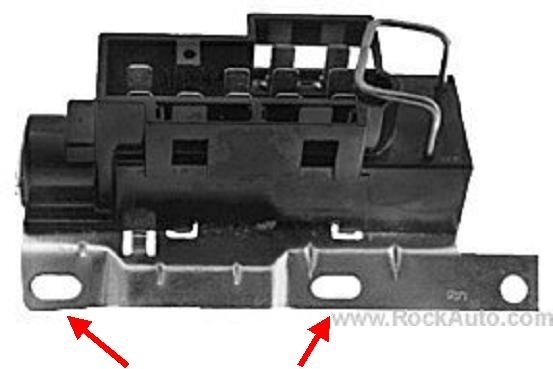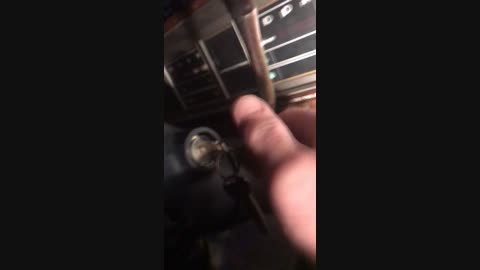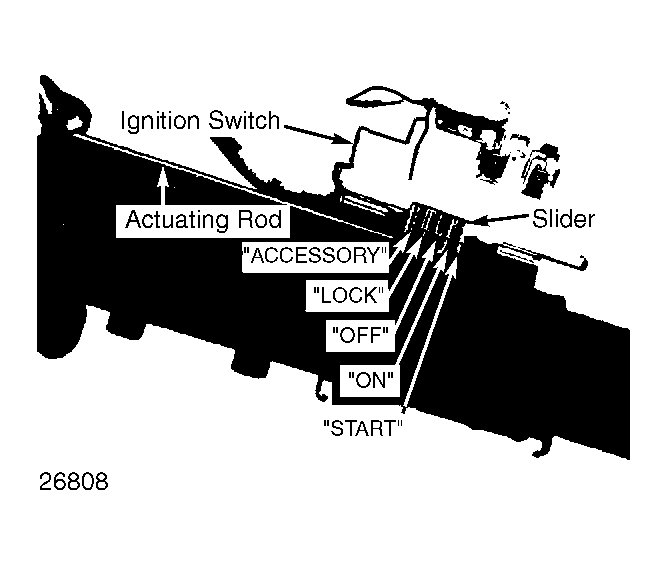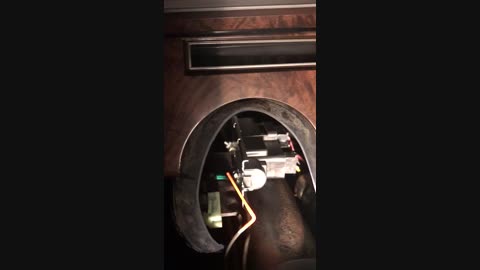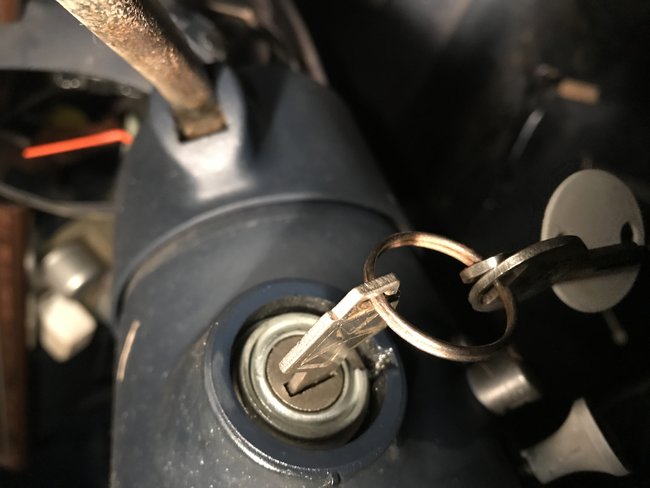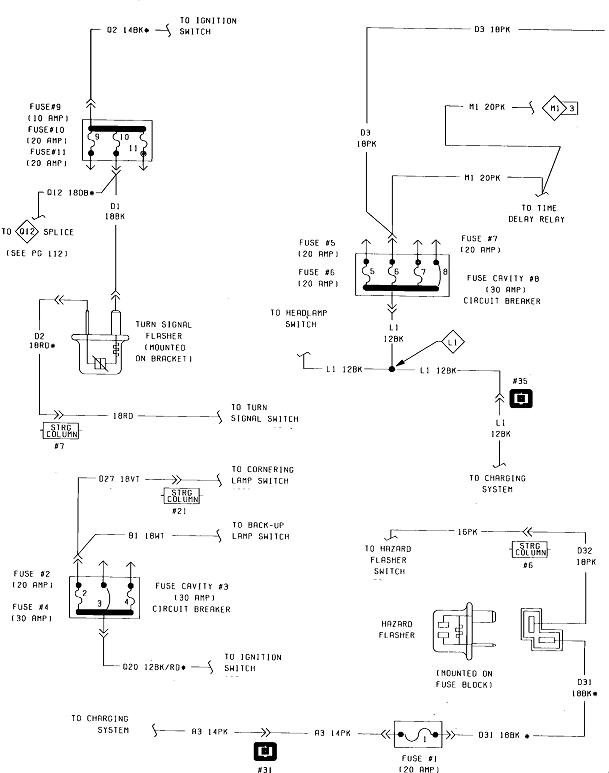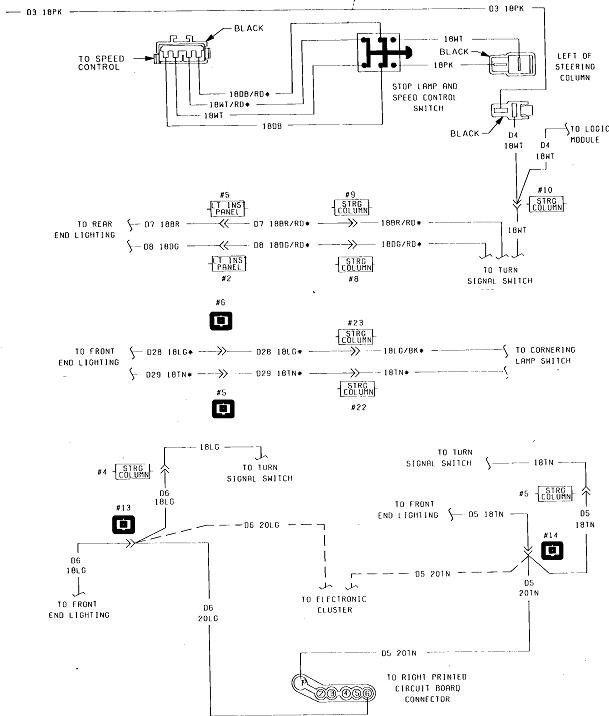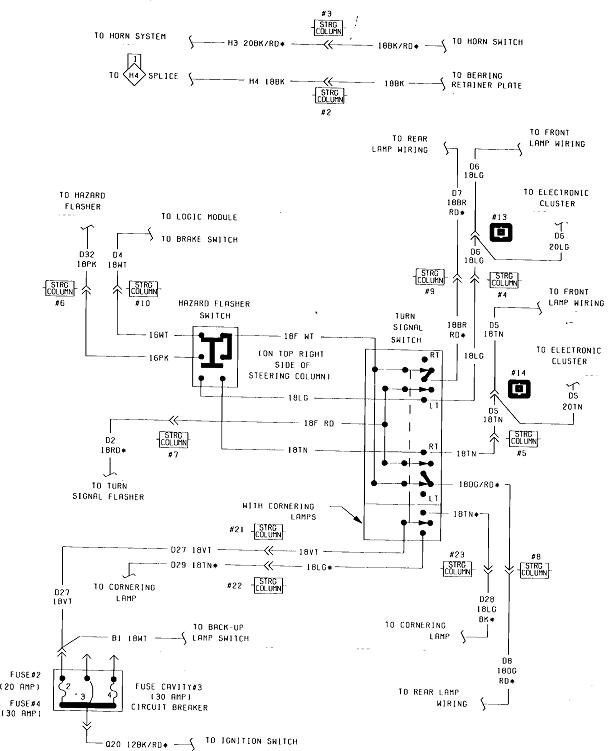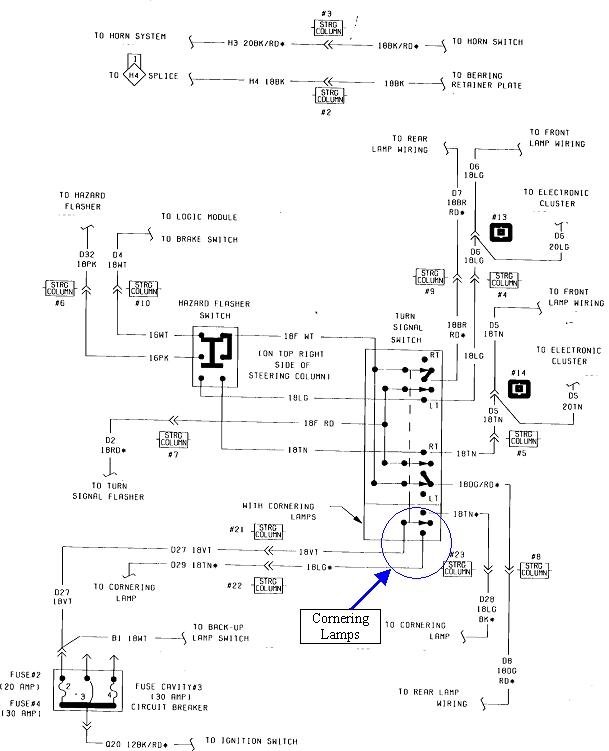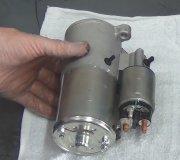This should be pretty straight forward unless there is some kind of aftermarket accessory added to the starting system. Sorry that my online service manual company is not operating right now, but we should be able to handle this without a wiring diagram. The relays are mounted on the left inner fender right behind the battery. One of those is for the starter system. The drawing is for a '90 Shadow, showing the relays for that model. It is the only one I have saved, but it shows what your starter relay should look like. I think yours is on the inner fender, not on the left strut tower shown here.
Most of the cars used a fat red and a fat brown wire on the starter relay. A third terminal typically has two small yellow wires. If I remember correctly, the fourth wire is a small black one. The entire starter system can be broken down into four circuits, each with a test point in this relay socket. You can do the tests with an inexpensive digital voltmeter, but for the type of tests we're doing here, a test light can be more accurate. If you don't know how to use one, take a look at this article:
https://www.2carpros.com/articles/how-to-use-a-test-light-circuit-tester
For the first two tests, connect the ground clip as shown in step 2, with the clip on the battery's negative post. Unplug the starter relay, then probe the terminal for the red wire. The test light should light up brightly. Next, probe the terminal with the yellow wire(s). If I have the wire colors wrong, check at both small wires. You should find nothing at first, and it should switch to 12 volts when a helper turns the ignition switch to the crank position.
If you have voltage on those two terminals, concentrate now on only the remaining two. Remove the test light's ground clip and move it to the battery's positive post. The light will light up now when we find a good ground circuit. In fact, that's what the last two tests do. Probe each of those two remaining terminals. The test light should turn on brightly at both terminals. The fat brown wire reads through the starter solenoid, then to ground. If you don't get the correct result, the most common suspect is that wire is corroded or disconnected at the starter motor.
The small black wire reads to ground through the neutral safety switch. If that one is dead, try shifting between "park" and "neutral" a few times. Try it in "reverse" too in case the shifter linkage is out of adjustment.
99 percent of the time you're going to find one of those four circuits is dead, most commonly the neutral safety switch circuit, and next, the ignition switch circuit.
If you find the correct result on all four terminals, the relay itself is the logical suspect. They did have some trouble with age because they aren't sealed against water entry. Typically corrosion builds up between the contacts. You may or may not hear the click when the ignition switch is turned to the crank position. If there's no click, it's because the corrosion is preventing the movable contact from moving. If you do hear it click, those contacts could be corroded away.
If you don't have a test light yet, you can check half of the system another way. Be sure the transmission is in "park" in case the engine starts. We don't want the neighbors laughing at you as you chase after the car. This test bypasses the ignition switch and the neutral safety switch, and just checks the medium-current starter solenoid circuit and the high-current starter circuit. Unplug the relay, then use a stretched-out cotter pin to jump the fat brown and fat red wires together momentarily by touching those two terminals together. The starter should crank the engine. The engine will not start if you leave the ignition switch off. If it cranks, we know those two circuits are okay.
Let me know what you've found up to this point.
Image (Click to make bigger)
Sunday, March 31st, 2019 AT 7:45 PM
